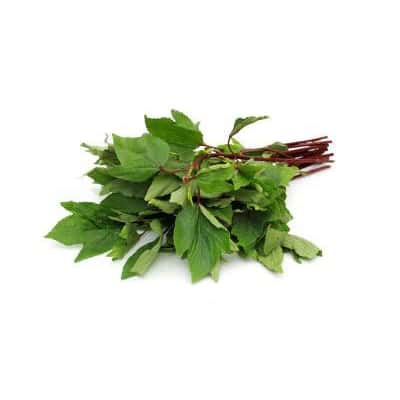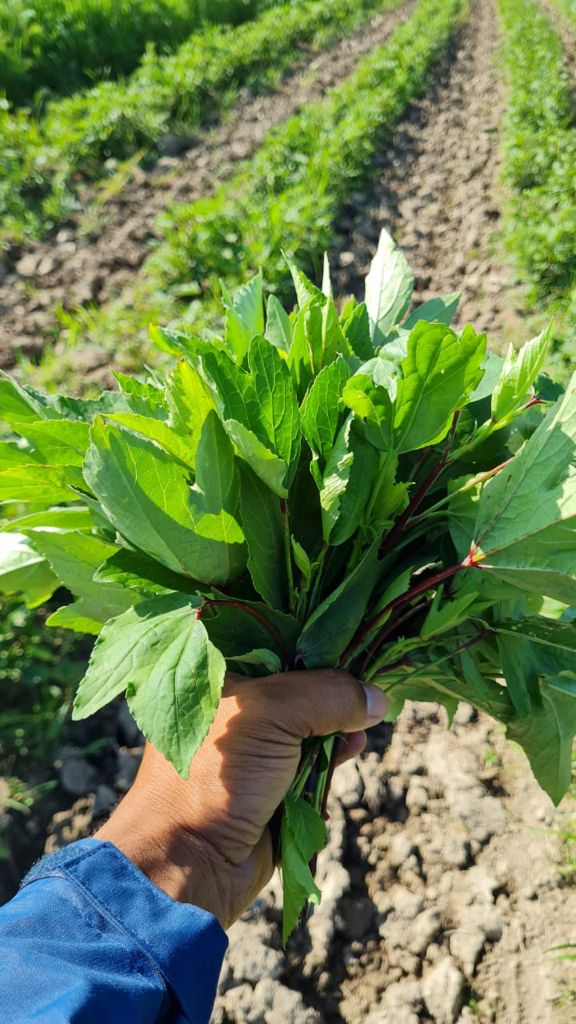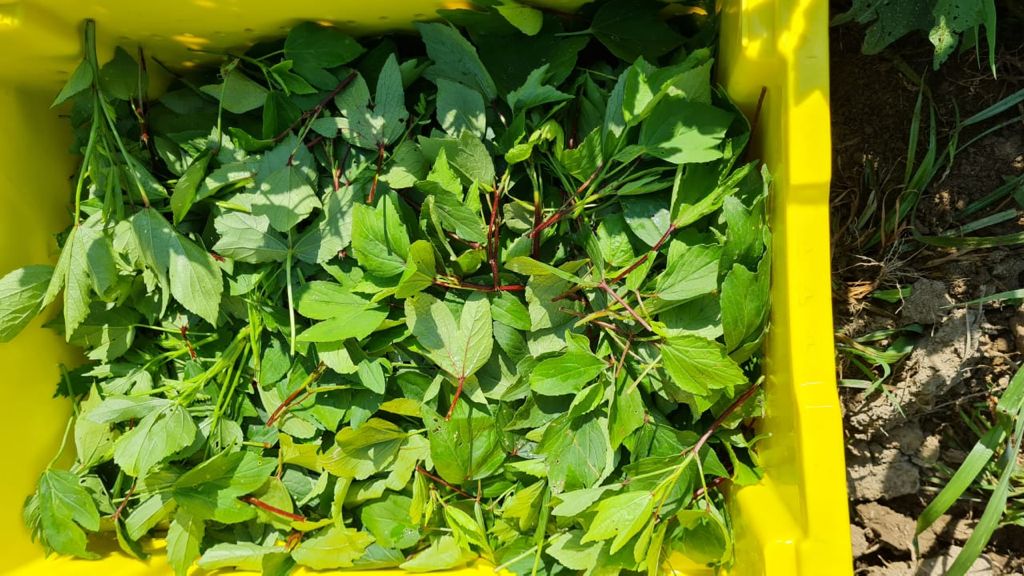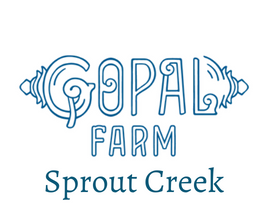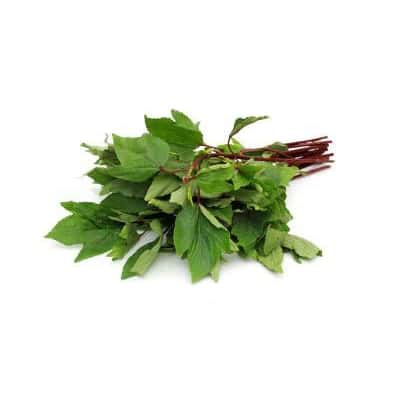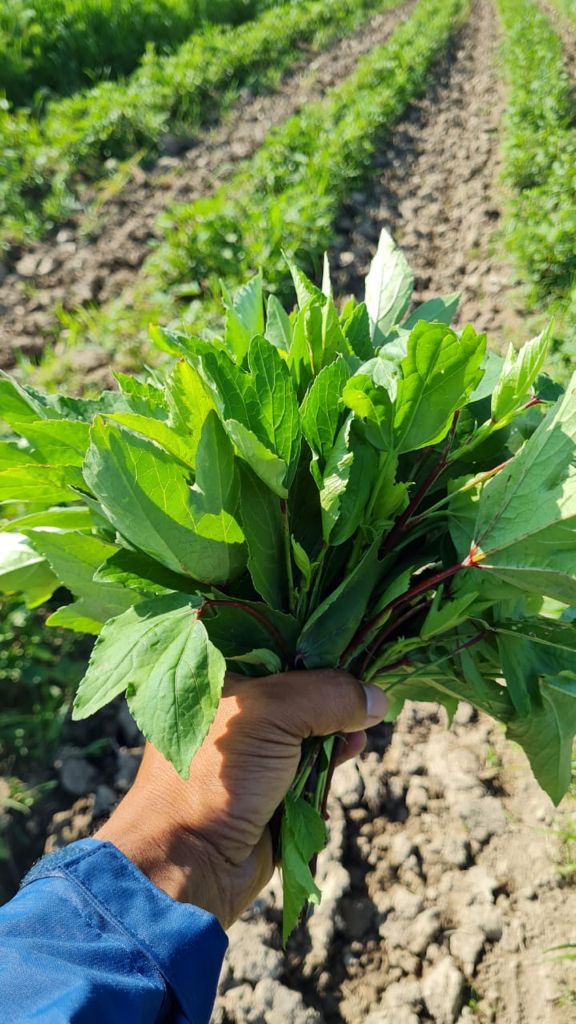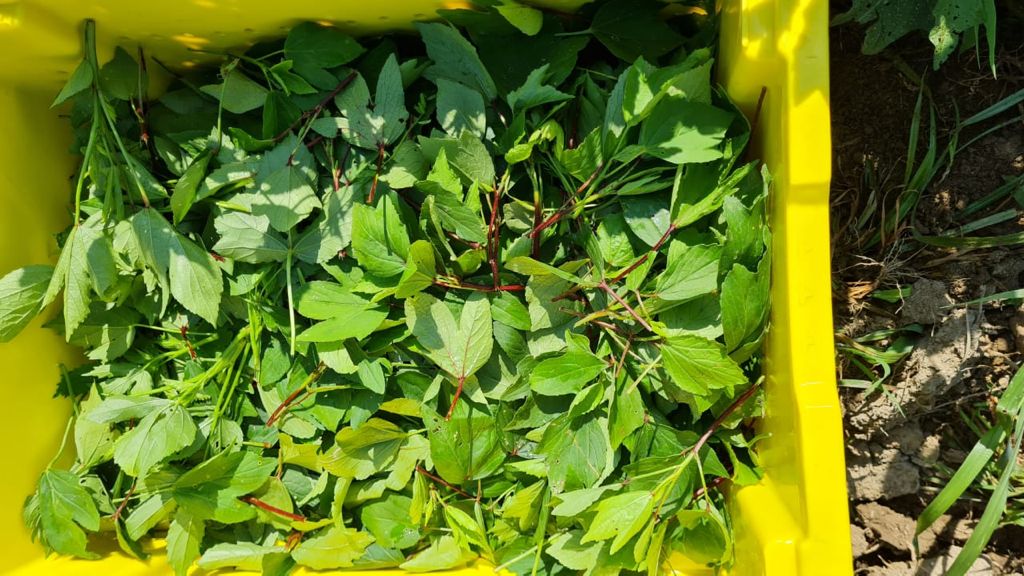Gongura Organic
Gongura Organic
Couldn't load pickup availability
Freshly Harvested Gongura Leaves from our New York farm
Very Tasty.....
SMALL - 6 Lbs
Medium - 12 Lbs
Large - 20 Lbs
Additional QTYs More Bulk - Contact Customer Support
For making good and fresh chutneys and salads.
Shipping Information :
Please check our shipping information chart before placing the order
we can only send this product by
UPS - NEXT DAY AIR
UPS - 2nd DAY AIR
UPS - GROUND - Yellow zone
Shipping Information Link: https://gopal.farm/blogs/csa/delivery-off-farm
Farm Pick-up - Free
Description:
Heirloom Tangy leaves from South Indian origin useful in Salads, Soups, Stews and Chutneys. Click here for Recipes.
Gongura is a very rich source of iron, vitamins (especially Vitamin C), folic acid and anti-oxidants.
Gongura pacchadi (chutney or relish) is quintessentially Telugu
In the Bodo Tribe of Assam too, 'Gongura' called as 'Mwitha' is used frequently. The Bodos believe that intake of sour helps in fighting the scorching summer heat and prevents illness.
It is also grown in Tripura, Arunachal Pradesh (north east region of India) and also some parts of triabl Chittagong Hill Tracts region in Bangladesh. It is a very popular green vegetable in Chakma community and it is known as "Aamelli". Similarly, Gongura is popular in Tamil Nadu as well, and is called pulichakeerai (புளிச்சைக் கீரை) in Tamil. It is popular in North and Central Karnataka cuisines as "Pundi Palle/Punde soppu (ಪುಂಡಿ ಪಲ್ಲೆ/ಪುಂಡೆ ಸೊಪ್ಪು)", and is regularly eaten with Jollad (Jowar-Sorghum) flat breads. The famous combination with pulichakeerai is Ragi Kali/Ragi Mudde, which once used to be a regular food for the people in villages (since these items are easily available).
In Marathi, it is called Ambaadi (अंबाडी). And is specially prepared to a stew and served to goddess Mahalakshmi/Gauri
Gongura and calabash is extremely popular with the Telugu community in South Africa. It is also eaten by Acholi and Lango people in northern Uganda, where it is known as malakwang.
Some more popular curries and pickles made with gongura are as follows:
- Pulla Gongura (Gongura + Red Chillies)
- Pulihara Gongura (Gongura and Tamarind)
- Gongura Pappu (Gongura + Lentils)
(Courtesy: Wikipedia)
Share
